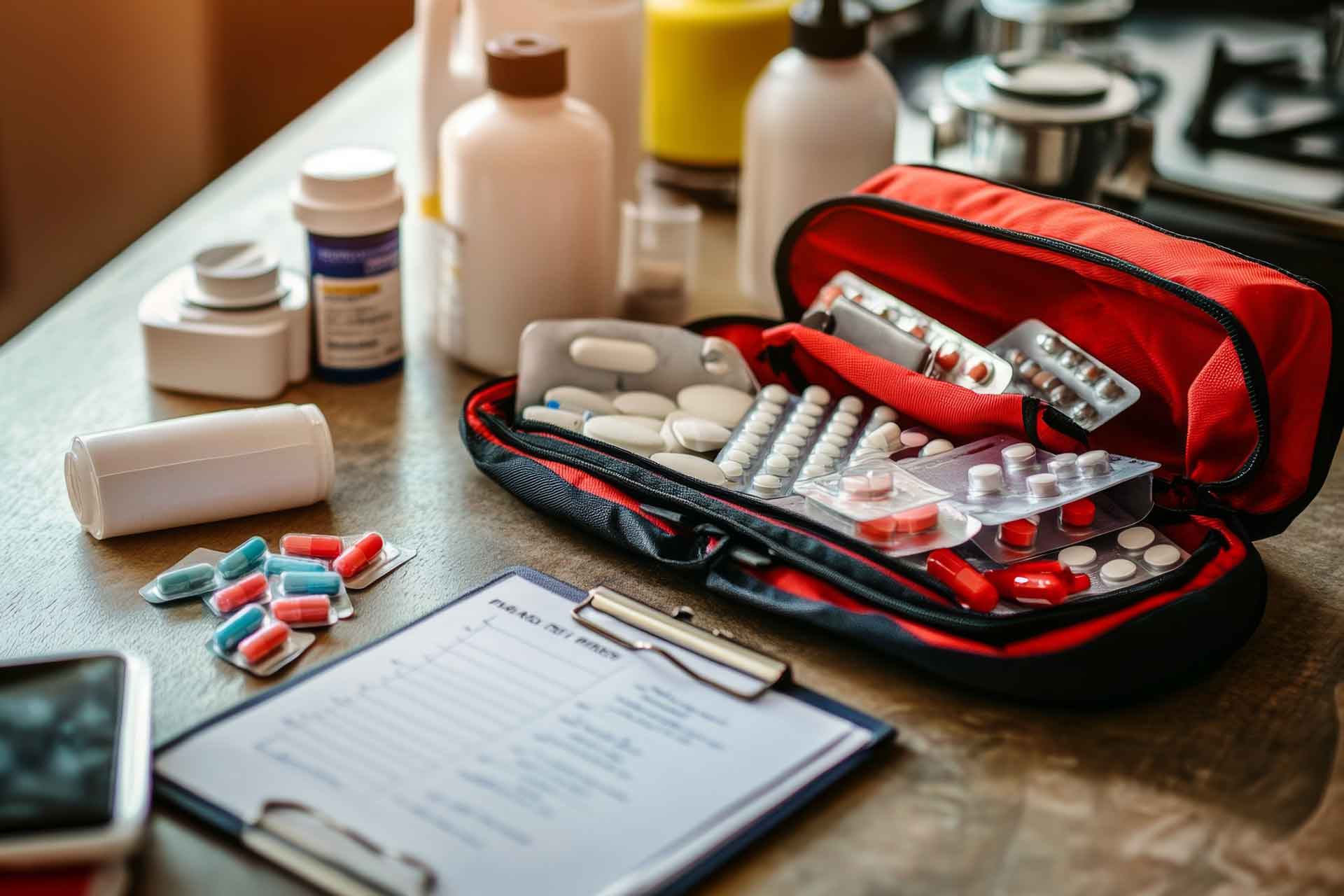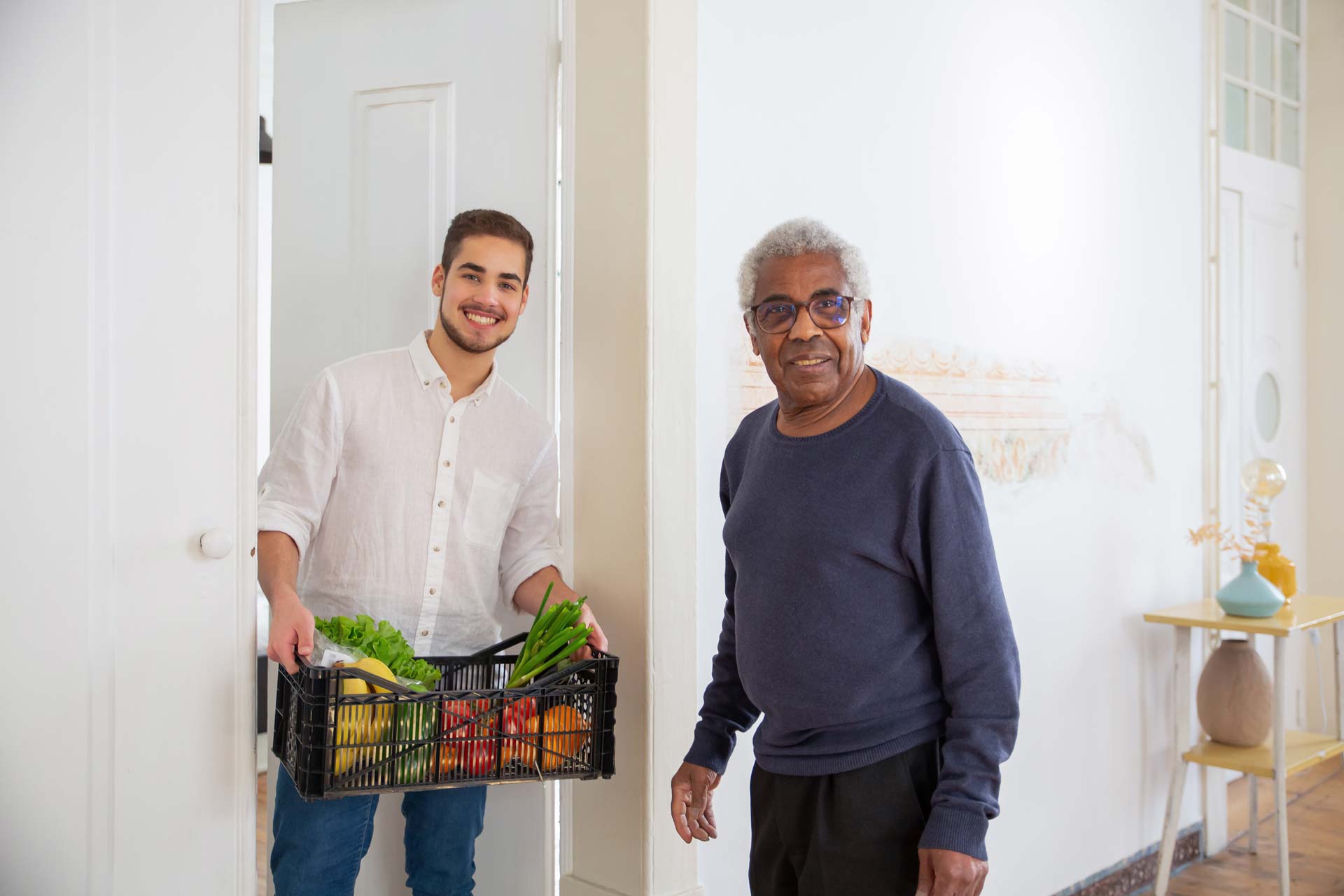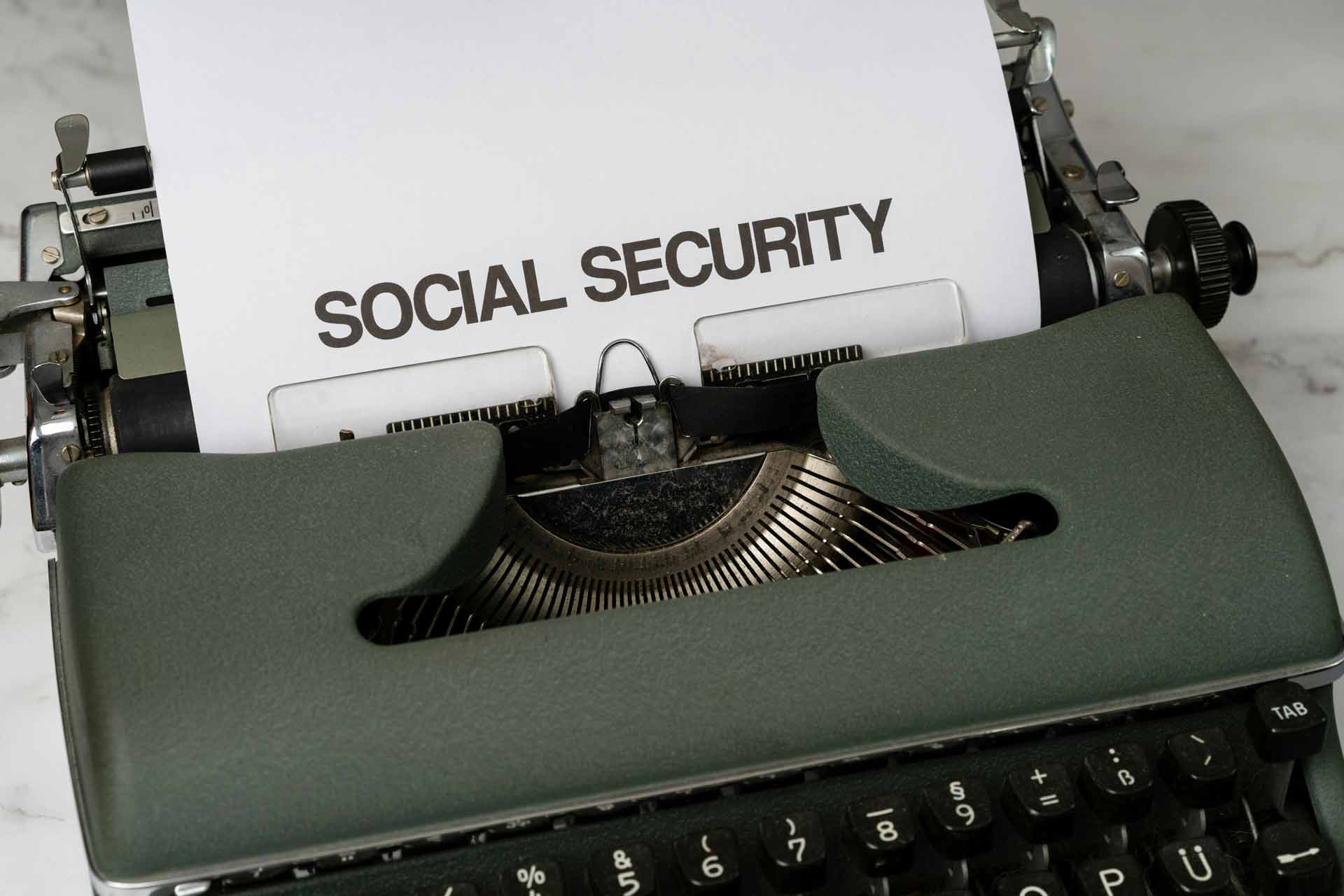Building a Senior Emergency Kit: A Step-by-Step Guide
Feb 9, 2025

This guide provides a step-by-step plan to help seniors and their caregivers build an effective and personalized emergency kit that meets all these special needs. This kit will not only help enhance safety, but also offer long-term cost-savings by preventing costly results from emergencies and reducing reliance on external support.
Step-by-Step Guide To Building a Senior Emergency Kit
1. Gather essential medications and medical supplies
- Create a comprehensive list: Include all prescription and over-the-counter medications, including inhalers, insulin, blood pressure monitors, and other essential medical devices.
- Pack a sufficient supply: Aim for a 7-14-day supply of medications and ensure all prescriptions are up-to-date.
- Prioritize storage: Keep medications in a waterproof, easily accessible container with clear labels. You can use clear pouch bags to separate your pills and label them, or you can directly use a medicine organizer bag that allows you to place all your pill bottles inside.
2. Stock up on basic survival items
- Non-perishable food: Include shelf-stable food items that align with dietary restrictions, like low-sodium options, canned fruits and vegetables, and protein bars.
- Water supply: Store at least a gallon of water per person per day for a minimum of three days.
- First aid and hygiene essentials: Include a well-stocked first-aid kit, along with essential hygiene items like toothbrushes, toothpaste, wipes, and hand sanitizer.
- Warmth and comfort: Pack warm clothing, blankets, or thermal wraps to maintain body temperature.
- Tip: Choose lightweight, easy-to-open food cans and resealable water pouches for convenience.

3. Include important documents and communication tools
- Vital records: Gather copies of medical records, prescriptions, insurance cards, identification documents, and a list of emergency contacts.
- Secure storage: Store these documents in a waterproof, fire-resistant bag or safe.
- Communication devices: Include a charged power bank, a spare phone, and a whistle for signaling help.
- Quick reference: Create a laminated card listing allergies, medications, and emergency contact information.
4. Address personal comfort and safety needs
- Emotional support: Include items that provide comfort, like a favorite blanket, photos, or a small book.
- Mobility aids: Pack essential mobility aids like canes, walkers, or wheelchair accessories, along with backup supplies like extra batteries.
- Safety essentials: Include a flashlight, extra batteries, and non-slip footwear to boost safety.
- Tip: Choose lightweight but durable safety tools, like a multipurpose flashlight that can also be used as a lantern.
5. Plan for pet care (if applicable)
- Pet essentials: Include pet food, water, feeding dishes, a leash, a carrier, and any necessary medications.
- Important records: Keep pet vaccination records and a photo of your pet readily available.
- Tip: Store pet supplies in a separate, easily accessible bag.
Proactive Maintenance of the Emergency Kit
- Regular checkups: Schedule regular checkups to replace expired medications, food, and water.
- Adapt to changing needs: Update the kit as health needs or personal preferences evolve.
- Family drills: Conduct practice drills to familiarize everyone with the kit's contents and location.
- Tip: Use a checklist to review and update your kit every six months.

Why Seniors Need a Tailored Emergency Kit
Natural disasters, power outages, or unforeseen medical events can significantly disrupt seniors' lives. Older adults often face challenges that require specialized considerations for emergency preparedness, unlike younger individuals. These include the following:
Reliance on Medications
Many seniors depend on a regular schedule of prescription medications, over-the-counter drugs, and potentially life-saving medical devices. Disruptions to their medication routines can have serious health consequences.
For example, individuals with diabetes require consistent access to insulin and medical devices.
Mobility Challenges
Age-related conditions, like arthritis, osteoporosis, and decreased muscle mass, can impact mobility. Older adults who rely on walkers, wheelchairs, or canes need to ensure these aids are readily available and accessible during an emergency.
Sensory Impairments
Age-related decline in vision, hearing, and other senses can create additional challenges during emergencies. Individuals with hearing impairments may have difficulty receiving emergency alerts or communicating with first responders.
Dietary Needs
Seniors may have specific dietary restrictions or require specialized nutrition. Older adults with allergies, digestive issues, or those on specialized diets need to ensure their emergency food supplies meet their unique nutritional needs.
Cognitive Decline
Conditions like dementia or Alzheimer's disease can further complicate emergency preparedness. They may require assistance in understanding and following emergency instructions.
These problems can impact their well-being and potentially lead to costly medical expenses or the need for expensive external assistance.
A well-prepared emergency kit can mitigate these challenges and provide vital support during a crisis. With these medications, medical supplies, and essential items readily available, older adults can:
- Reduce reliance on expensive emergency medical services: Having a sufficient supply of medications and first-aid supplies can help prevent minor health issues from escalating into costly emergency room visits or hospitalizations.
- Maintain independence: Seniors can maintain their independence and reduce reliance on external support, like home healthcare providers or emergency responders, by being prepared for potential disasters.
The Importance of a Senior-Tailored Kit
A generic emergency kit may not adequately address the specific needs of older adults. A tailored approach to building a senior emergency kit ensures they have access to the essential items needed to survive and thrive during a crisis. This includes:
- Prioritizing medications: Ensuring an adequate supply of essential medications and medical devices is essential.
- Addressing mobility needs: Including necessary mobility aids and considering alternative transportation options.
- Accommodating sensory impairments: Providing alternative communication methods, like visual alerts and written instructions.
- Meeting dietary needs: Including non-perishable food items that are compatible with specific dietary restrictions.
- Providing cognitive support: Using clear, concise instructions and providing visual cues to aid in understanding.
Be Ready, Stay Safe, and Protect What Matters Most
A well-prepared senior emergency kit is invaluable in times of crisis. Older adults can enhance their safety, independence, and overall well-being by taking proactive steps to assemble and maintain a personalized kit. It also helps save money in the long run.
Don't wait for an emergency to catch you off guard. Start building your emergency kit today to ensure safety, peace of mind, and financial preparedness for you and your loved ones.







